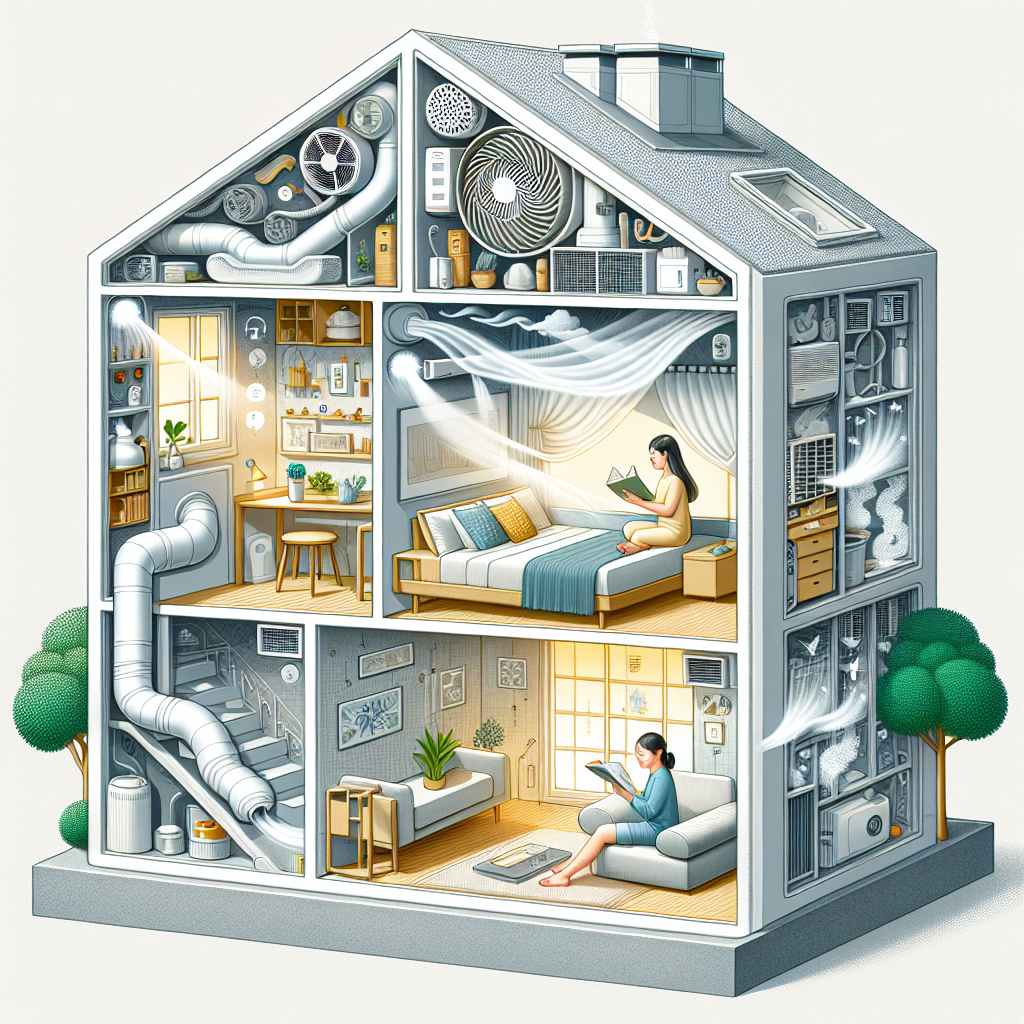Your cart is currently empty!
Improving Indoor Air Quality with Effective Ventilation

Indoor air quality is a crucial aspect of maintaining a healthy and comfortable living environment. Poor indoor air quality can lead to a variety of health issues, including respiratory problems, allergies, and even more serious conditions such as asthma. One of the most effective ways to improve indoor air quality is through proper ventilation.
Ventilation is the process of bringing fresh outdoor air into a building and removing stale indoor air. This exchange of air helps to dilute pollutants and allergens in the air, improving overall air quality. There are several ways to effectively ventilate a building and improve indoor air quality.
One of the simplest and most cost-effective ways to improve ventilation is by opening windows and doors. Allowing fresh air to flow into a building can help to reduce indoor pollutants and refresh the air. However, this may not always be practical, especially in areas with high levels of outdoor pollution or extreme weather conditions.
Another effective method of ventilation is through the use of mechanical ventilation systems. These systems are designed to bring fresh air into a building and remove stale air, reducing indoor pollutants and improving air quality. There are several types of mechanical ventilation systems available, including exhaust fans, supply fans, and balanced ventilation systems.
Exhaust fans are commonly used in bathrooms and kitchens to remove moisture and odors from the air. These fans can also help to remove pollutants such as smoke and cooking fumes, improving indoor air quality. Supply fans, on the other hand, bring fresh outdoor air into a building, helping to dilute indoor pollutants and allergens. Balanced ventilation systems combine both exhaust and supply fans to ensure a constant flow of fresh air into a building.
In addition to mechanical ventilation systems, air purifiers can also help to improve indoor air quality. These devices are designed to remove pollutants and allergens from the air, including dust, pet dander, and mold spores. Air purifiers can be especially helpful for individuals with respiratory conditions or allergies.
It is important to regularly maintain and clean ventilation systems to ensure they are functioning properly and effectively improving indoor air quality. Filters should be replaced regularly, and ducts should be cleaned to prevent the buildup of dust and other pollutants.
In conclusion, improving indoor air quality with effective ventilation is essential for maintaining a healthy and comfortable living environment. Proper ventilation can help to reduce indoor pollutants and allergens, improving overall air quality and promoting better health. By utilizing mechanical ventilation systems, air purifiers, and simple methods such as opening windows, individuals can create a healthier indoor environment for themselves and their families.

Leave a Reply